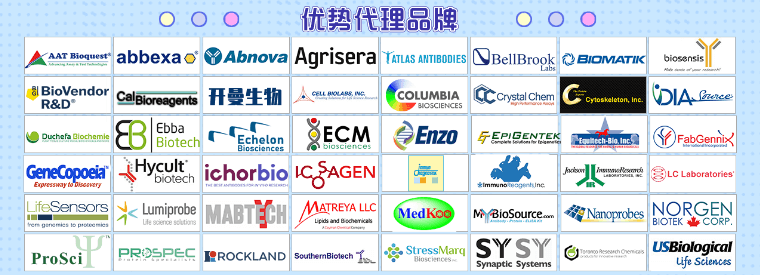Rapid, quantitative methods suited to a large number of samples are required for studies into the determination of disease etiology and in the evaluation of drugs and biological agents. This chapter describes an assay for anionic glycoconjugates (GCs), including glycosaminoglycans, which are major gene products of chondrocytes appearing in the extracellular matrix. The assay utilizes the electrostatic interaction between negatively charged sulfate and carboxyl groups of anionic GCs synthesized and secreted by chondrocytes with the cationic dye Alcian blue, immobilized to scintillant-coated 96-well plates. Metabolic labeling with D-[1, 6-3 H (N)]-glucosamine allows all anionic GCs, including cartilage-specific and hyperglycosylated variants of fibronectin, to be quantitated. If Na2 35 SO4 is used for the metabolic labeling instead, only glycosaminoglycans and proteoglycans will be quantitated. The samples are counted using a multi-detector instrument for scintillation proximity assays, such as the Wallac 1450 Microbeta� Trilux, designed for detection of samples in 96-well plates and, as such, can be a high-throughput system. The bound anionic GCs can be visualized by sodium dodecyl sulfate-polyacrylamide gel electrophoresis after quantitation by elution with denaturing buffers. The method can be modified to include predigestion of the sample with a specific lyase, e.g., chondroitinase ABC or testicular hyaluronidase. To separate polyanions from other digested material after ethanol precipitation, the sample can be assayed as described in this chapter for a particular subtype of anionic GC. This assay addresses the need for high-throughput applications in arthritis and other medical and biological problems.
用户登录







